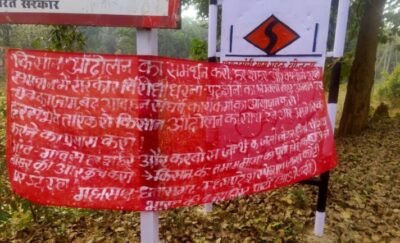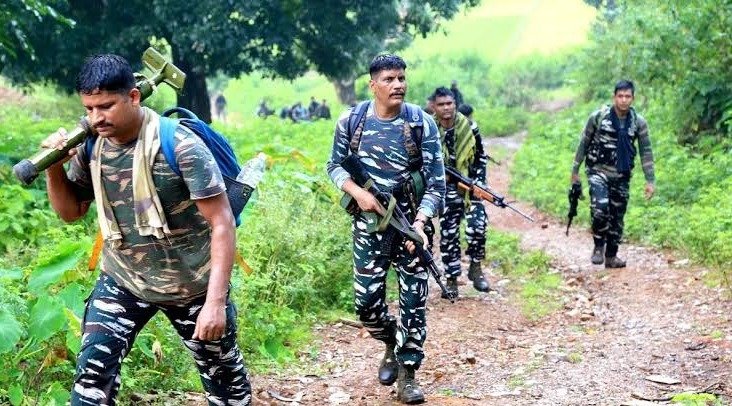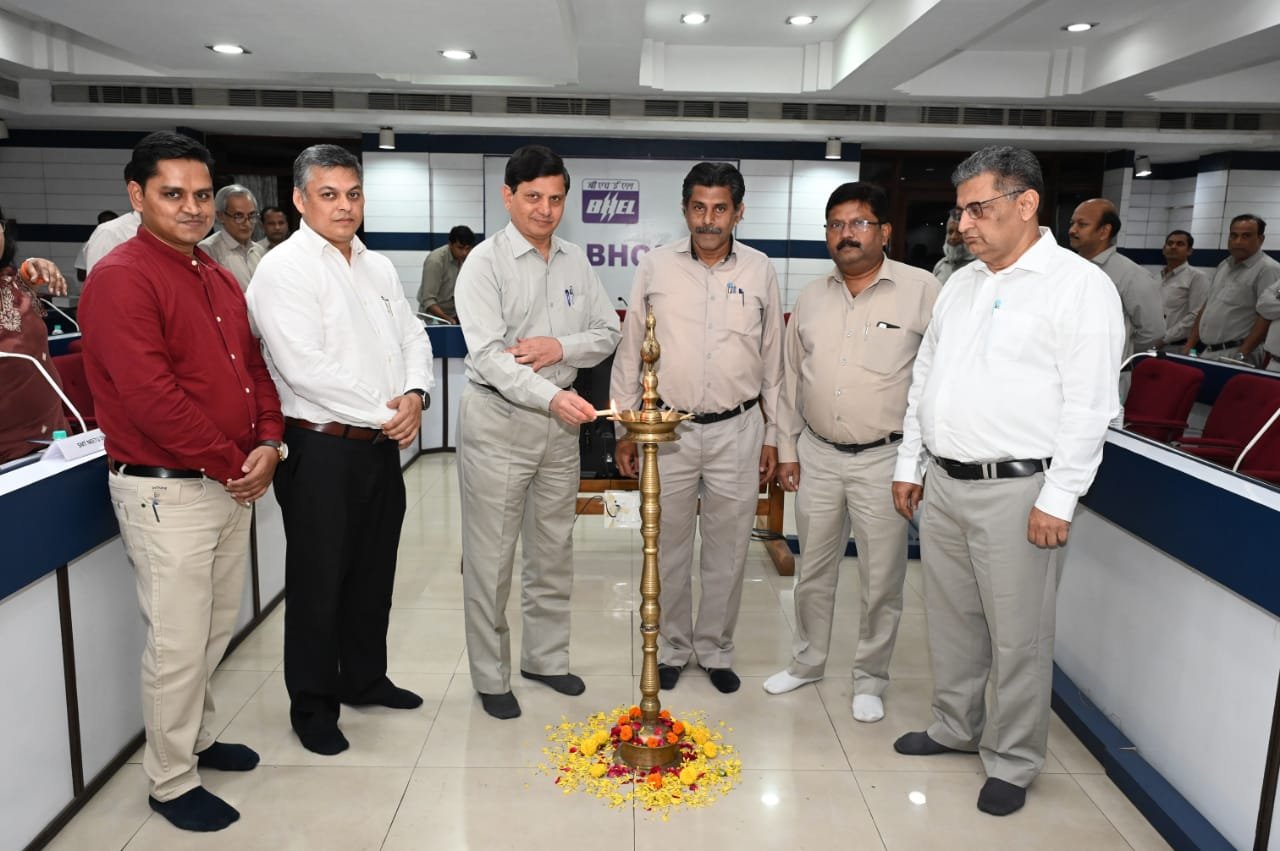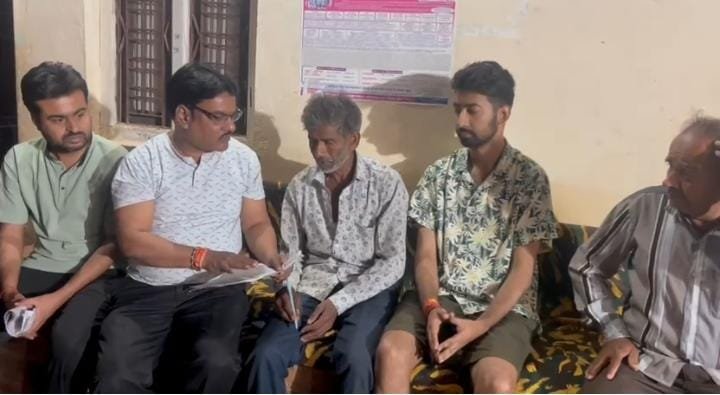
Balaghat: The narrative of the ‘Red Corridor’ faces a critical test as Naxalites drastically alter their strategy to ensure survival against aggressive security operations. With the government aiming for a Naxal-free region by 2026, insurgents have adopted a defensive stance, moving away from direct confrontation.
Naxals Adopt New Tactics
In a significant strategic change, Maoists have abandoned large groups, opting instead to travel in small, discreet squads to minimize losses during encounters. They have also started moving in civilian attire to blend in. This shift acknowledges the immense pressure from security forces, which have effectively blocked their access to villages for meetings and recruitment.
Intensified Security Operations
Security forces, including Hawk Force and three battalions of the CRPF, have ramped up their efforts. Over 1,200 Hawk Force personnel are conducting long, large-scale operations deep within the dense forests of Lanji, Kirnapur, and Baihar, aiming to encircle and neutralize the threat.
Despite the pressure, Naxal activity is not fully suppressed. Last month, Maoists showed a visible presence, posting banners and fatally abducting and murdering a youth on suspicion of being a police informer. An exchange of fire was also reported on October 3rd.
The Hunt for Key Leaders
IG Sanjay Kumar acknowledged that this “guerrilla warfare” doesn’t guarantee success every time, but the strategy is expanding beyond jungles into remote villages. Furthermore, the focus on eliminating leaders in neighboring Chhattisgarh, particularly the elusive Hidma, is expected to weaken the network in border districts like Balaghat. However, a former Naxal commander warned that while bodies may fall, the ‘revolutionary’ ideology will persist, suggesting the Red Corridor will remain a challenge.











